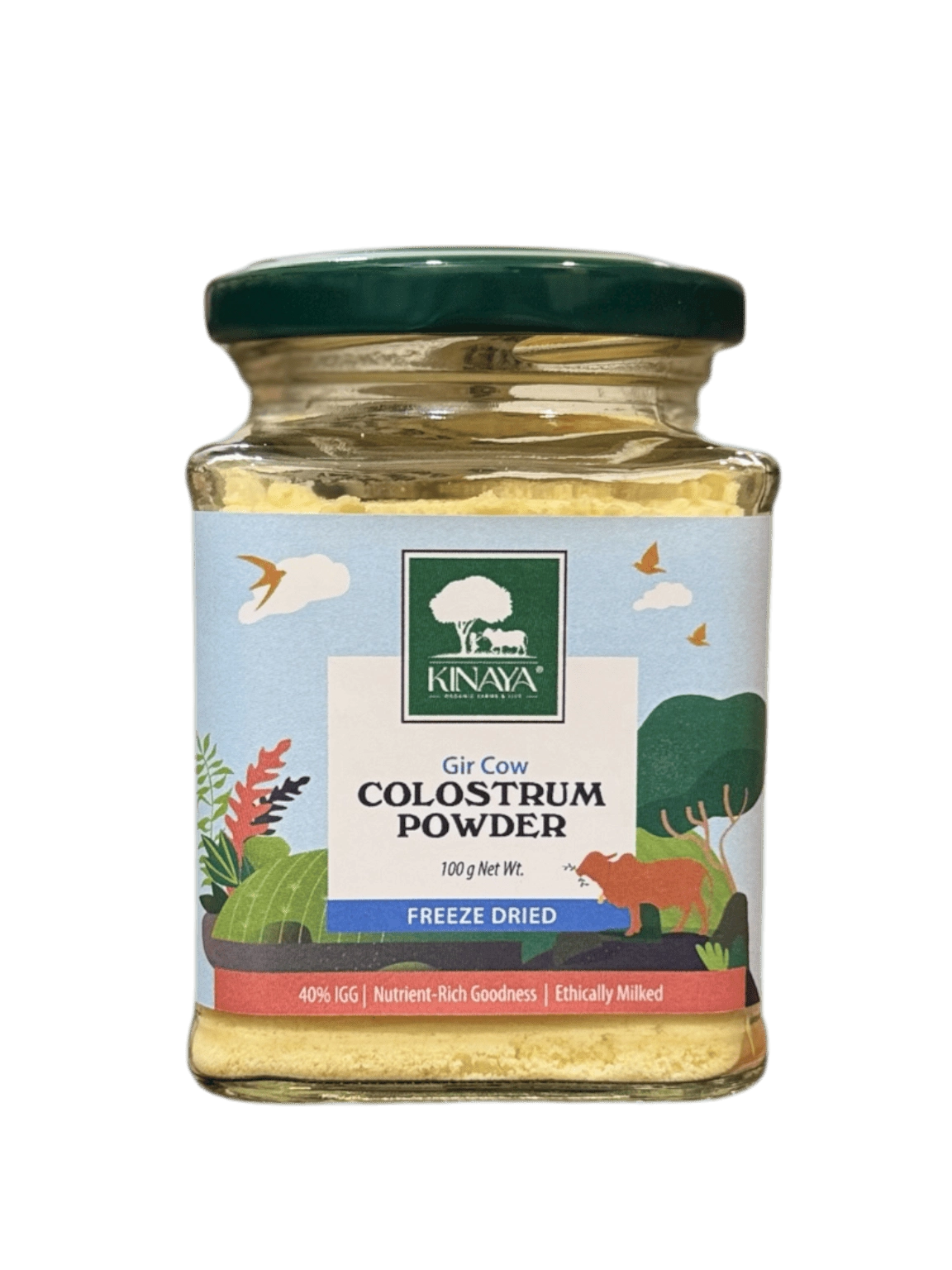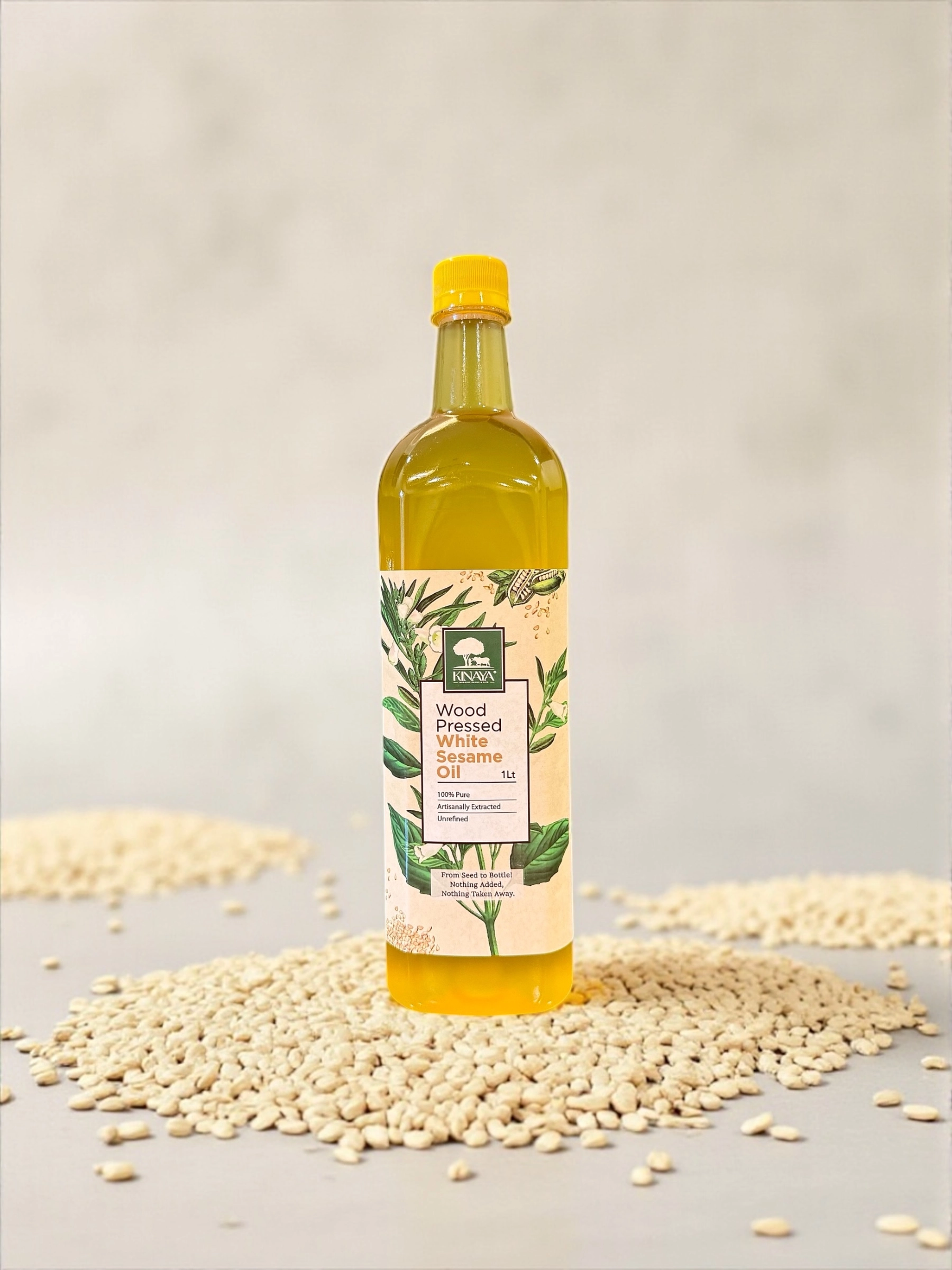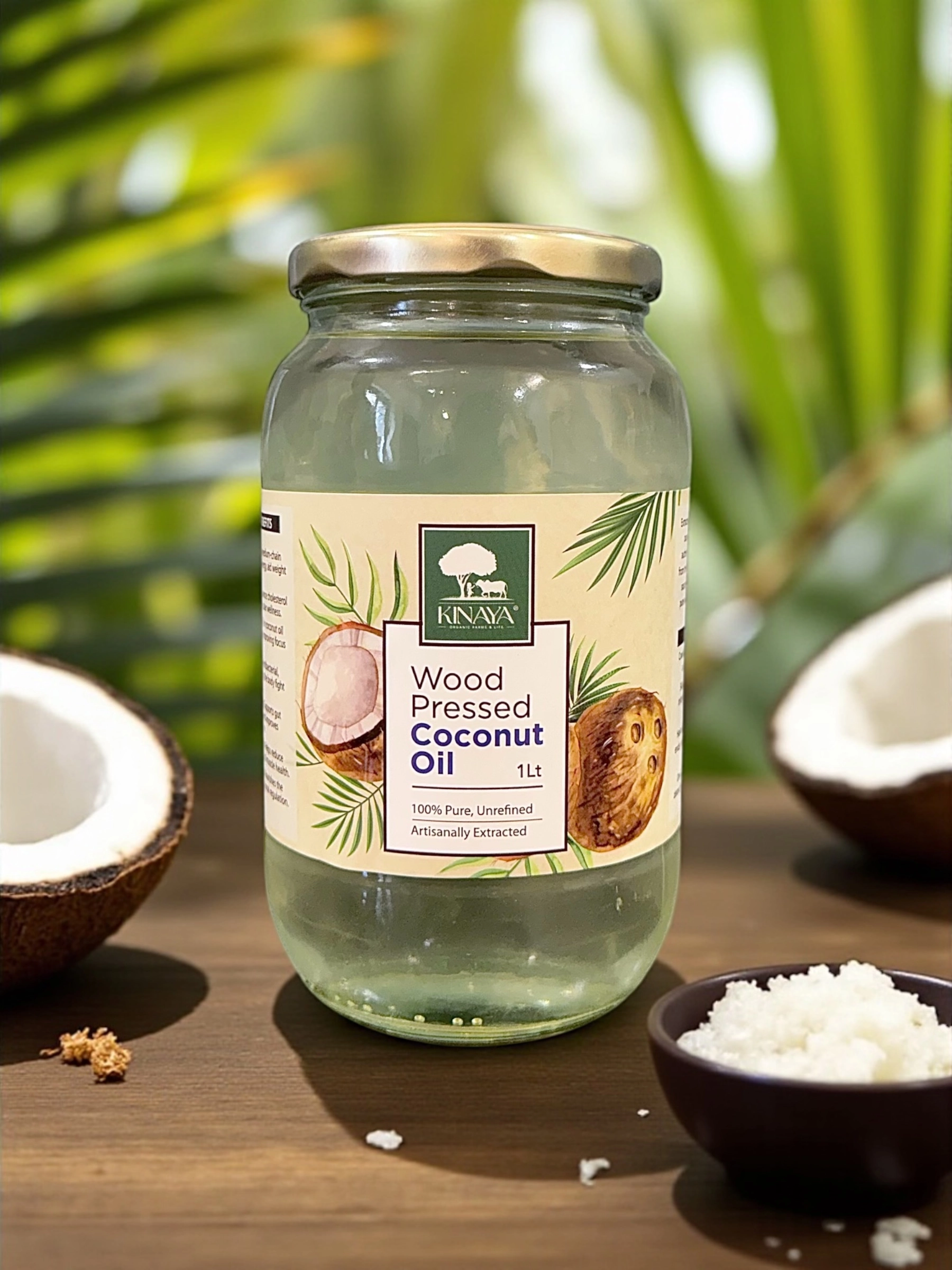The Traditional Process: How Bilona Ghee is Made
Bilona ghee is a traditional Indian clarified butter known for its rich flavour and numerous health benefits. Unlike commercially produced ghee, Bilona ghee is made through an ancient process that involves patience, care, and high-quality ingredients. Below is a detailed guide on how to make Bilona ghee, including essential steps, do’s, and don’ts to ensure you create the best ghee possible.
Steps How We Make Ghee At Our Farms
Step 1: Sourcing High-Quality A2 Milk
Do: We Use A2 milk from desi (Indian) cows, as it is considered to be the purest and most nutritious. The quality of the milk directly affects the quality of the ghee.
Don’t: We avoid using milk from hybrid or foreign breeds, as it may not yield the same quality of ghee.
Step 2: Boiling the Milk: Begin by boiling the A2 milk on a low flame until it froths and rises. This step is essential to eliminate any impurities in the milk.
Do: We Stir the milk occasionally to prevent it from sticking to the bottom.
Don’t: Never leave the milk unattended while boiling, as it can quickly overflow.
Step 3: Cooling and Culturing the Milk: After boiling, allow the milk to cool down to a lukewarm temperature. Then, add a small amount of curd (yoghurt) to the milk and mix it well. This step is crucial for turning the milk into curd.
Do: We Use homemade curd or a trusted source for the culture, as it influences the fermentation process.
Don’t: Avoid adding curd to milk that is too hot or too cold; the temperature must be just right for proper fermentation.
Step 4: Setting the Curd: We Leave the milk mixture in a warm place for 8-10 hours, allowing the curd to set. The curd should be thick and well-formed.
Do: Cover the container with a cloth or lid to maintain the warmth.
Don’t: Avoid disturbing the curd while it’s setting, as this can affect the texture and quality.
Step 5: Churning the Curd: Once the curd is set, it’s time to churn it. Traditionally, a wooden churner (called a ‘bilona’) is used to churn the curd. Churn the curd using a back-and-forth motion until the butter separates from the buttermilk.
Do: Use a wooden churner for an authentic process, as it helps maintain the traditional taste.
Don’t: Don’t use high-speed electric churners, as they may generate heat, which can alter the texture and quality of the butter.
Step 6: Collecting the Butter: Collect the butter that floats on top of the buttermilk after churning. This butter is known as ‘makhan.’
Do: Rinse the butter in cold water to remove any remaining buttermilk, which could spoil the ghee.
Don’t: Avoid leaving any traces of buttermilk in the butter, as it can affect the ghee’s shelf life.
Step 7: Cooking the Butter
Heat the butter in a thick-bottomed pan on a low flame. As the butter melts, it will foam, and the water content will evaporate. Continue cooking until the butter clarifies into golden ghee, and milk solids settle at the bottom.
Do: Stir occasionally to ensure even cooking and prevent burning.
Don’t: Avoid cooking on a high flame, as this can burn the butter and result in a bitter taste.
Step 8: Straining and Storing the Ghee: Once the ghee is ready, strain it through a fine sieve or cheesecloth to remove the milk solids. Let it cool slightly before storing it in a clean, dry glass jar.
Do: Store the ghee in an airtight container in a cool, dry place to preserve its freshness.
Don’t: Avoid using plastic containers, as they can react with the hot ghee and affect its quality.
Do’s and Don’ts Summary
- Use high-quality A2 milk.
- Stir milk occasionally while boiling.
- Add curd at the right temperature.
- Use a wooden churner for authentic taste.
- Rinse butter thoroughly.
- Cook on low flame.
- Store in a glass jar.
Don’ts:
- Avoid milk from hybrid breeds.
- Don’t leave boiling milk unattended.
- Avoid disturbing the curd while setting.
- Don’t use high-speed electric churners.
- Avoid traces of buttermilk in butter.
- Don’t cook on high flame.
- Avoid using plastic containers for storage.
Bilona ghee is more than just a cooking ingredient; it’s a piece of Indian heritage. By following these traditional methods and paying attention to the do’s and don’ts, you can create pure, aromatic ghee that offers both taste and health benefits. Whether you use it in your daily cooking or as a medicinal remedy,
Bilona ghee is a timeless treasure that deserves a place in every kitchen. you can order the same quality at your doorstep at Kinaya Farms we make A2 Cow Bilona Ghee from the same process to give a rich flavour and feel like home-mad ghee[/vc_column_text][/vc_column][/vc_row]













